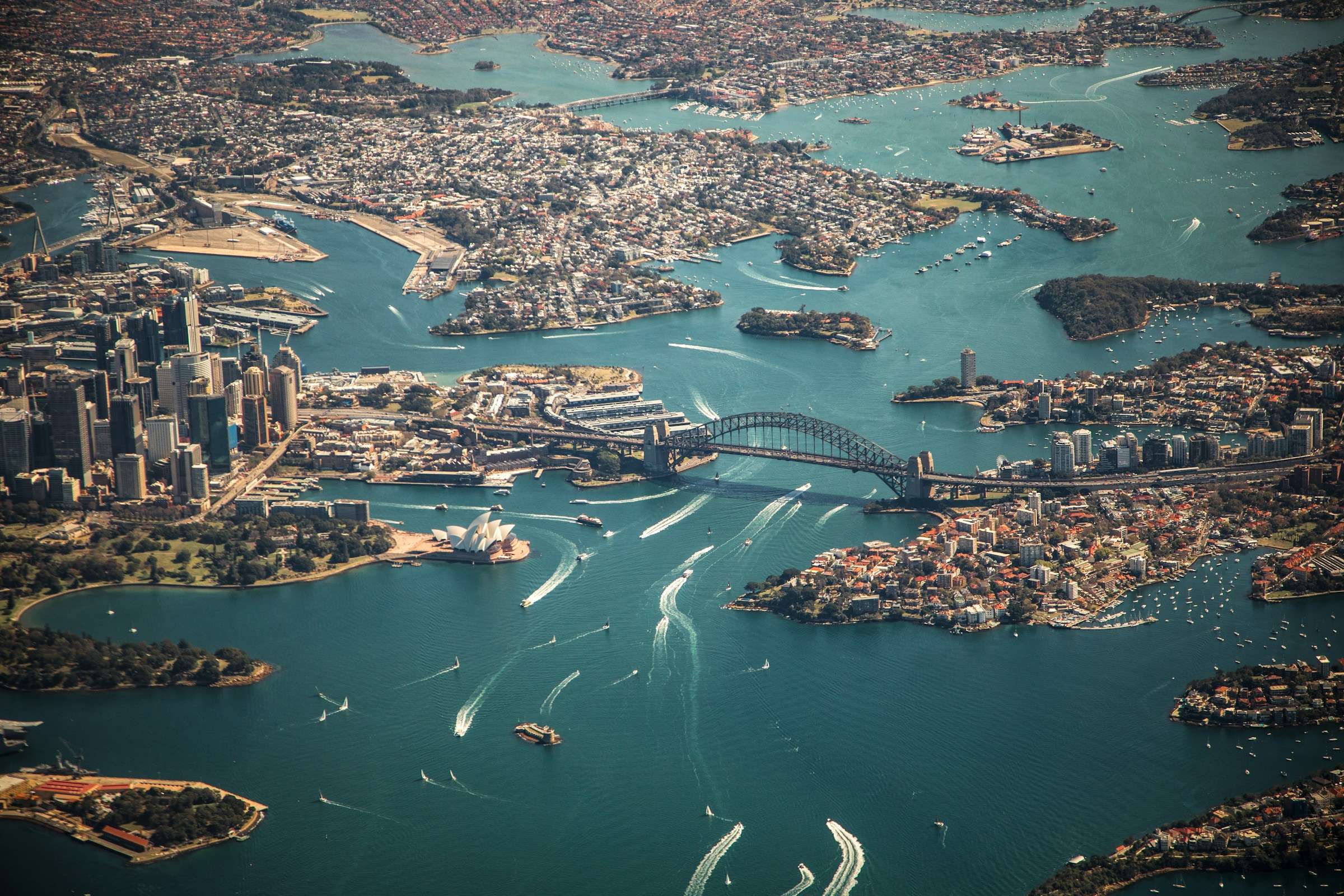Climate change is already reshaping Australia in ways we can’t ignore. From catastrophic bushfires to unprecedented floods, the consequences are here, and they’re escalating.
But what exactly is happening, why, and what can we do about it? Let’s break it down.
The Science: What’s Happening to Australia’s Climate?
Australia is one of the most vulnerable developed nations to climate change. According to the Bureau of Meteorology (BoM) and CSIRO, the country has warmed by about 1.47°C since 1910, leading to more extreme weather patterns. Heatwaves are hotter and last longer, rainfall patterns are shifting, and sea levels are rising.
Key Impacts
- More frequent and intense bushfires, storms, and floods.
- Increased heat stress for humans, agriculture, and wildlife.
- Habitat destruction threatens our cute koalas and the beautiful Great Barrier Reef.
- Coastal erosion and higher tides are affecting communities.
- Reduced rainfall in some regions impacts farming and water supply.
TL;DR: Australia is getting hotter, drier, and stormier. Climate change is already hitting hard, affecting everything from wildlife to our water supply.
The Human Cost: How Climate Change Affects Australians
Climate change isn’t just an environmental issue, it’s a human crisis. Rising temperatures and extreme weather events lead to health problems, property destruction, and economic stress. The 2019-2020 Black Summer bushfires led to 33 direct deaths and thousands of health complications from smoke inhalation. It also cost the economy an estimated $100 billion.
Communities, particularly in rural and Indigenous areas, are disproportionately affected. Farmers face unpredictable growing seasons, and the rising cost of insurance is making life harder for many Australians. Heatwaves are also now the biggest weather-related killer in the country, surpassing cyclones and floods.
TL;DR: Climate change is costing Australians their health, homes, and livelihoods, with the most vulnerable hit hardest.
Which Areas in Australia Are Most at Risk?
Some regions are more vulnerable to climate change than others:
- Northern Australia: More intense cyclones and rising sea levels threaten coastal communities.
- The Murray-Darling Basin: Reduced rainfall impacts water supply for farming and cities.
- Great Barrier Reef: Coral bleaching events are increasing due to rising sea temperatures.
- Sydney & Melbourne: Extreme heatwaves pose health risks in urban areas.
TL;DR: Northern coasts, agricultural areas, and major cities face the biggest climate risks.
How Does Australia Compare to Other Countries?
Australia has committed to net zero emissions by 2050, but its transition has been slower than that of many developed nations. Countries like Germany and the UK have made more significant strides in reducing emissions and adopting renewable energy. Meanwhile, Australia remains one of the world’s largest fossil fuel exporters, which undermines domestic climate action.
TL;DR: Australia is making progress but lags behind global leaders in emissions reduction and renewable energy adoption.
Who’s Responsible? Government and Industry Response
Australia’s response to climate change has been mixed. While we’ve seen some progress, like the commitment to net zero emissions by 2050, there’s still a long way to go. Fossil fuels remain a major part of the economy, and Australia is one of the world’s largest exporters of coal and gas.
Key policies and actions
- The Safeguard Mechanism, a policy designed to cap emissions from large polluters.
- Renewable Energy Targets, a scheme to reduce greenhouse gas emissions in the electricity sector and increase renewable electricity generation.
- Future Made in Australia plan which will support Australia’s transition to a net zero economy.
However, critics argue that Australia is still not doing enough to phase out fossil fuels or protect at-risk communities from climate impacts.
TL;DR: Australia has made some progress, but fossil fuels are still a big problem. More action is needed.
What Are the Biggest Barriers to Change?
Despite the urgent need for action, several obstacles slow Australia’s climate progress:
- Fossil Fuel Lobbying: The coal and gas industries wield significant political influence.
- Policy Inconsistency: Changing leadership has led to fluctuating climate policies.
- Economic Dependence: Jobs and revenue from fossil fuels create resistance to a fast transition.
- Infrastructure Challenges: Upgrading to renewable energy requires major investment.
What Can You Do? Practical Steps to Make a Difference
It’s easy to feel powerless in the face of climate change, but individual and collective action matters. Here’s how you can help:
- Use renewable energy, cut down on meat consumption, and drive less.
- Choose companies that prioritise sustainability.
- Contact your local MP and push for stronger climate policies.
- Get involved in conservation efforts and tree-planting projects.
- Talk about climate change with friends and family.
Climate change in Australia isn’t a distant threat, it’s happening now. While the challenges are big, the solutions are within reach. Governments, industries, and individuals all have a role to play. The question isn’t whether we should act, it’s how fast we can make the changes we need.
Climate change is real, it’s here, and we need to act now. Let’s get to work.
Further Reading
- 5 Simple Ways Australians Can Be More Sustainable in 2025
- 8 High-Impact Ways to Fight Climate Change That Actually Make a Difference
- How to Demand Climate Action in Australia (Without Losing Your Mind)
- How to Support the Local Economy in Australia & Build a Sustainable Future
- The Ultimate Guide to Greenwashing: How to Spot and Stop Fake Sustainability

